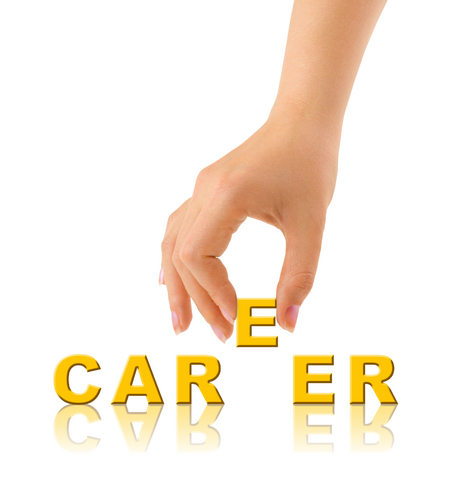
Author Aviad Goz has always believed in the power of dreams and vision. As a result, Goz created the N.E.W.S.® Self Navigation™ program. The program is designed to make individuals, teams and organizations thrive in times of change and has been used by thousands of organizations in over 30 countries around the world. It is now detailed in The Compass: How to Navigate Your Life and Career in Times of Change. The Compass aims to give direction, confidence, and purpose they need to start making positive changes. We interviewed Goz to learn more about overcoming obstacles and thriving during change.
How did you get the idea for your N.E.W.S.® Self Navigation™ program?
I have been training and consulting for many years. During that time, while working with over 2000 organizations I met too many unhappy people and realized that the common reason was that people felt stuck in their careers – going to work every day but not happy about it and I realized what was lacking was a sense of fulfillment. This prompted me to conduct a research with HR and OD experts on why people get stuck in their journey to fulfillment. Four main reasons stood out from this research and it became clear that in the process of navigating one’s career, there are four main elements to explore: “Where do you go in your career?,” “Why do you want to go there?,” “How do you plan on getting there?” and “What might stop you from doing this?” Following that understanding, the N.E.W.S.® Compass™ was created. The Self Navigation™ program was developed to help people analyze in which of the four directions they might be currently stuck and provide tools for breakthrough, clarity and definition wherever needed.
How can professionals best identify their ideal career path?
The most important element for professionals to understand is that in a fast- changing world they need to create their own next version every two or three years. That next version should be originating from the inside out. What this means is that in order to leverage their unique added value, they need to explore their deep passions and their core capabilities. The intersection between those two elements is a constant
that does not change much over a person’s career. It can be called “their direction of Greatness and Fulfillment”. What does change is the environment around them, the nature of jobs, technology etc. The real challenge is to find at any given time the moving meeting point between one’s “direction of greatness” and the changing reality and to understand the practical implications of it. Searching for that practical meeting point is the essence of Self- Navigation™.
Why do people get stuck or feel lost in their careers? Are there any common reasons you’ve seen among the professionals with whom you’ve worked?
Over the last few decades the world has changed considerably. The amount of choice is unprecedented, which is both a curse and a blessing. Life expectancy grew. Mobility became the new normal.
Frequent changes occur in the work environment. Generations change in the work- place. People still rely on universities to prepare them for the job market for decades ahead. Most organization do very little to develop their people to cope better with the changing environment. With all that is going on, many find themselves left behind. They are not up to date. They do not manage to follow the fast pace of change and they feel growingly disengaged, lost and out of the queue for opportunities. This translates as a feeling of being stuck, with not much of a chance to move ahead.
What are some steps people can take to overcome obstacles to change?
Firstly, they need to understand that they, and only they, are responsible for driving their career or their business. They need to understand that the obstacles for change are always internal. Even when there is some “objective” external difficulty, eventually it is the “story” that they tell themselves about that difficulty that shapes their approach and their reality. Therefore, they need to explore and identify those internal barriers to change. These would usually appear as internal phrases such as “I am too old” or “I do not have the right background” and many others. Those internal narratives define their boundaries. A person needs to choose to go beyond these boundaries and their comfort zone. After that choice there are a few simple well practiced tools that will allow them to drive that change. They are all detailed in The Compass.